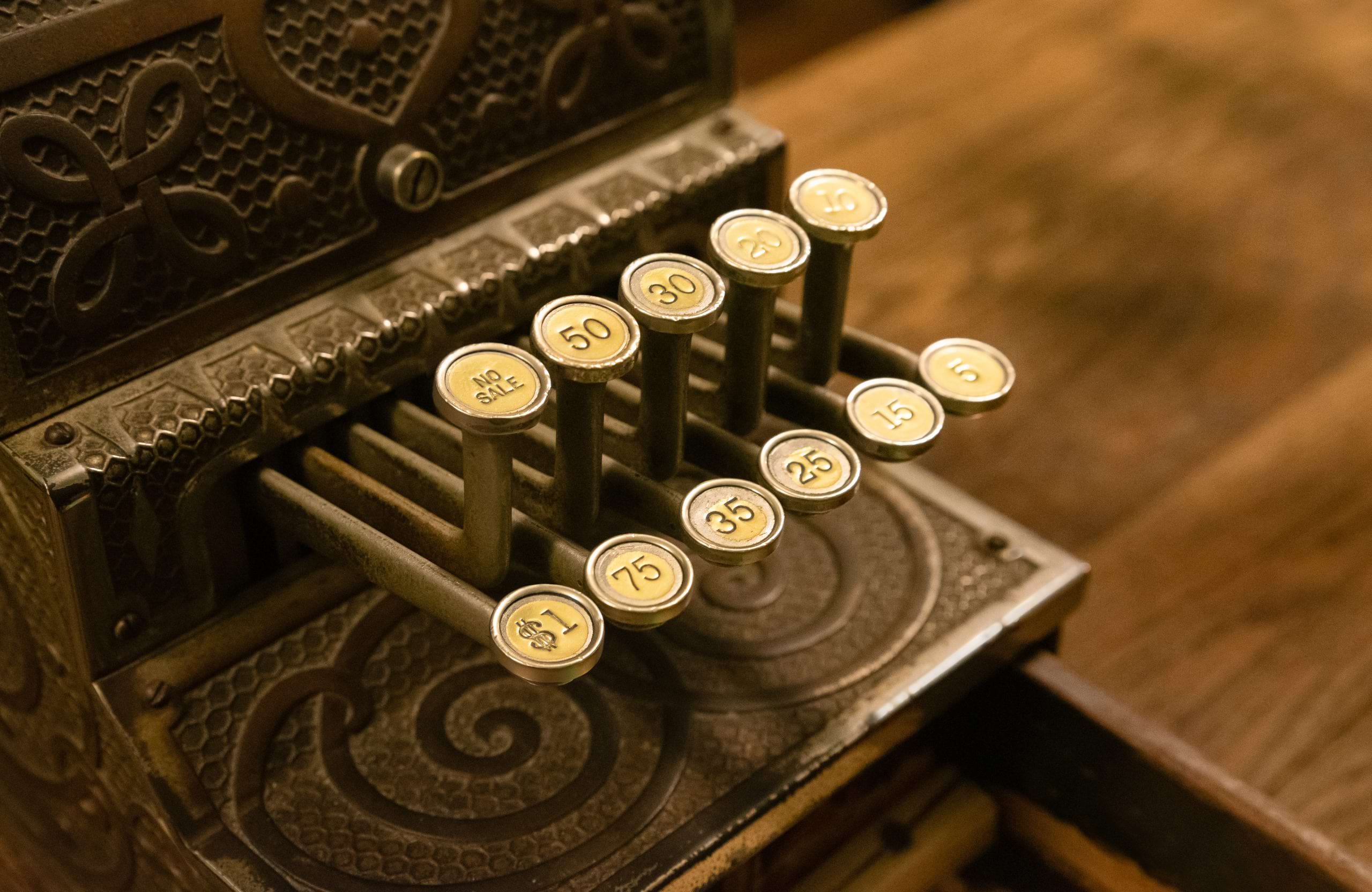
As I placed the customers’ change on the counter I counted it out loud as I had been taught:
The total was $8.17, out of a $20. .83 cents makes it 9, 1 is 10 and 10 brings us back to $20 for your change Mr. Chumley. Thank you for coming in today.
He picked up his change from the counter at Harpool’s General Store, smiled at the 10 year old that had just correctly counted it, said ‘thanks I’ll see you in a week, tell your Mom and Dad I said Hi’ and out the door he went. We lived in the back of the store. That’s where Dad was having his lunch break while Mom and my siblings shucked corn from the garden.
At the store we accepted cash and checks for purchases. Life was simple, well…at least payments were simple. You either had the money to pay or you did not. Today many consumers don’t carry much cash and rarely even own a checkbook.
We did not accept credit cards, very few small businesses did. Back then most Americans did not own credit cards. That began to change in 1966. For small business owners accepting cards was (and still is) expensive and could cause neighbors and customers to go into debt. Now Americans own an average of 3.84 cards per person (Experian.com). They choose to pay with smart phones and electronic payment apps, with contactless credit and debit cards and even cryptocurrency and digital wallets. As a child I watched customers shop who were concerned about whether they could afford to pay, now it’s mostly about how quickly they can make the payment and get on about their lives.
In my parent’s business if we did not have the products the customers wanted they shopped elsewhere. Sometimes they did not return. Today, businesses that don’t provide payment options that enhance the customer experience also face the risk of losing them to a competitor. It really is about the customer experience. How long will a customer stand in line to pay for a purchase? How easy was it to make the payment? How was the service? Will they return to the same place of business if it took three minutes to select their purchase and fifteen minutes to check out? Would you?
The Pandemic saw a 44% increase in online purchases. Online shopping is fast and payment is normally always electronic. When consumers return to your brick and mortar building they will expect the same speed. Need more proof? Look up Amazon Go. A cashier-less purchasing experience. Amazon utilizes Just Walk Out Technology. Go in, pick up what you want, scan the items with your phone and walk out. The technology identifies what you purchased and charges you. Now consider the fact that they are successfully selling that technology to other businesses.
Money has been used by humans for thousands of years. Bartering before that. Comparatively, 40 (something) years ago was really not that long ago. But thanks to technology, the exchange of value is no longer predominately in the form of physical cash. Money is now both physical and electronic. The cash registers, if they exist, are all electronic so you don’t have to push big heavy buttons to enter the price of each item sold, or pull a handle on the side of the machine to register the amount. Cash registers today tell the clerks how much change to give, calculate the sales taxes, accept cards and contactless payments, and even keep inventory and communicate with back office systems to place orders for restocking the shelves. Technology continues to dramatically change retail checkout solutions.
It’s time to adopt this type of customer focused change. I’m talking about the type of change that provides easier and faster payments options at check out. I’m realistic, not every retail operation needs or can afford the Amazon cashier-less solution. Remember when we moved to swipe devices and away from imprinting card numbers on paper in order to accept card payments? A small but mighty step that delivered a faster way for consumers to pay and businesses to get their money. Technology does not sit still. Neither should any business that accepts payments. Chip and pin technology and the pandemic have made the swiping of cards nearly passé. Now we dip our cards, tap to pay, and wave to pay. Checkout solutions at restaurants are providing scannable QR codes that let us pay with our smart phones at the table. Fast, convenient, safe and frankly kind of energizing. I’ve paid that way twice in the last two weeks and I can’t wait to do it again.
If your business accepts payments and you have not yet moved to faster and more secure payment technologies then let CampusGuard Treasury Solutions help. Reach out today!

